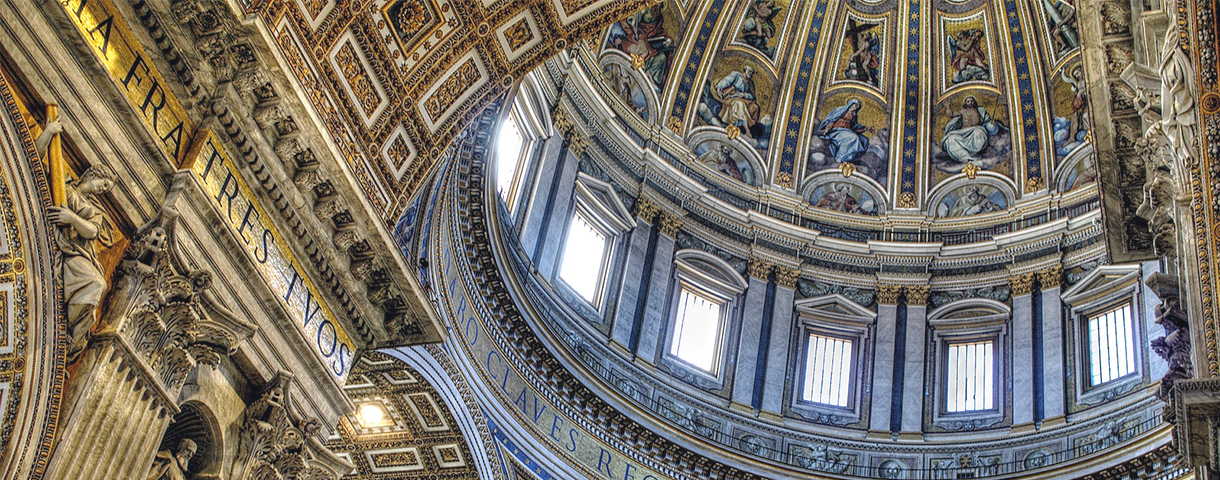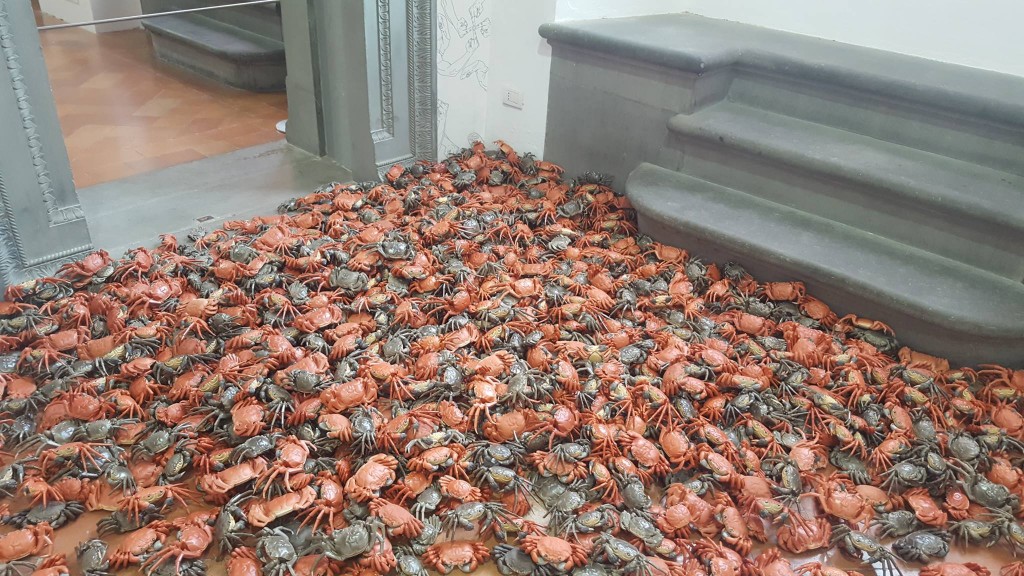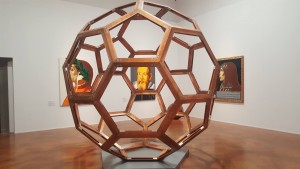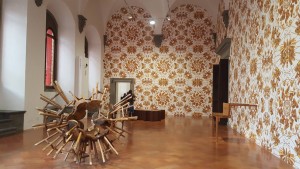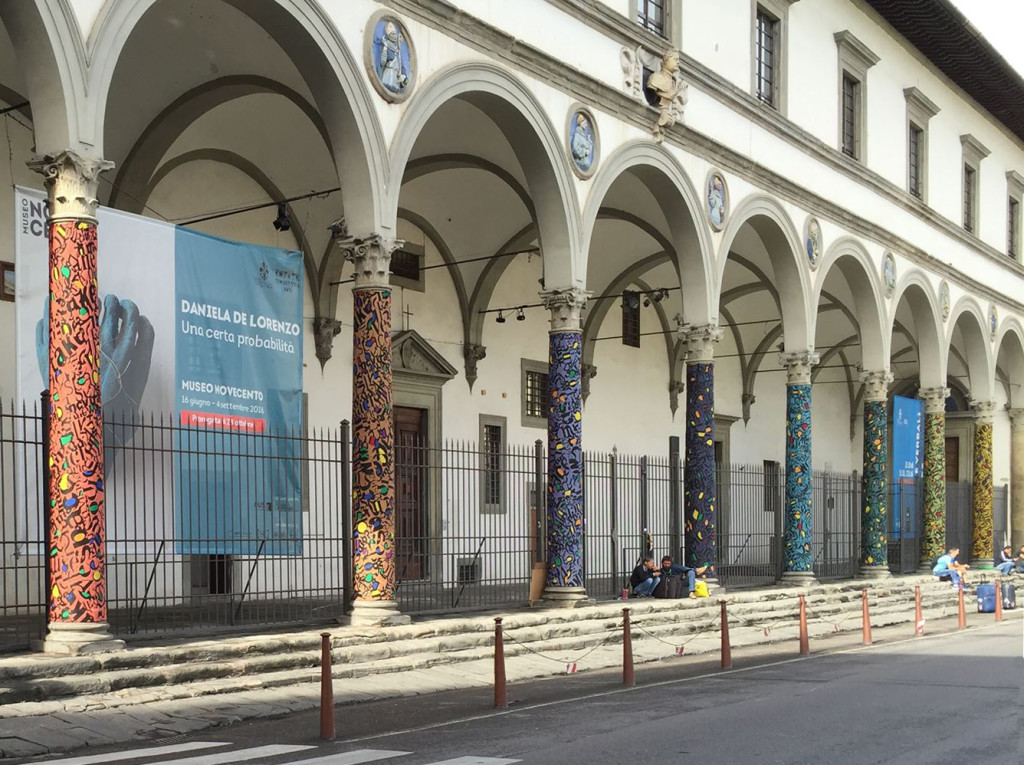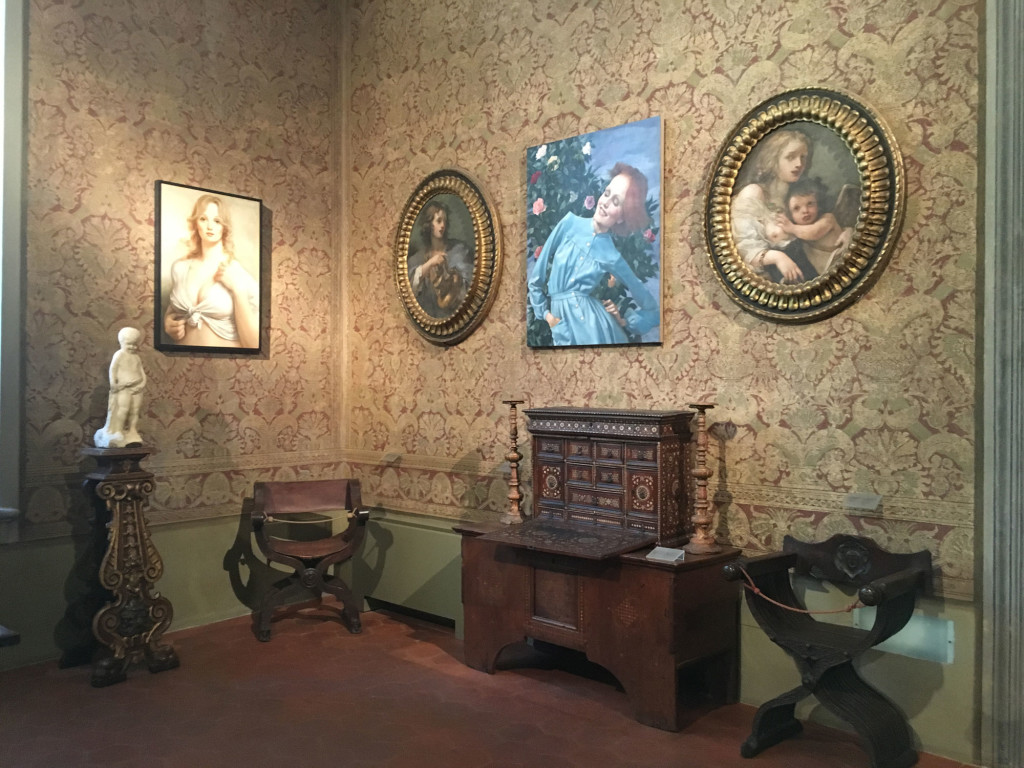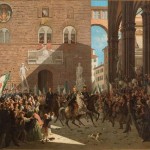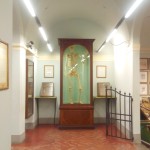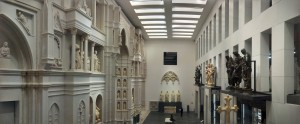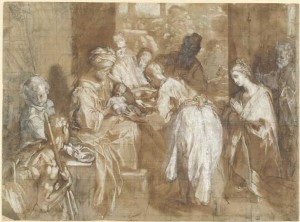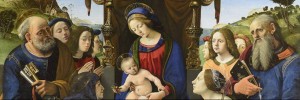Palazzo Strozzi, dal 23 settembre 2016 al 22 gennaio 2017
di Lucrezia Caliani
Palazzo Strozzi ospita fino al prossimo 22 gennaio la più grande esposizione monografica, la prima italiana, dell’“artista più influente del mondo”, come lo ha nominato nel 2011 la rivista “Art Rew”: Ai Weiwei LIBERO.
Ai Weiwei (Pechino, 1957), figlio di uno dei maggiori poeti cinesi del secolo scorso Ai Qing, ha subito fin dalla nascita le ingiustizie e i soprusi di un regime oppressivo: esiliato con la famiglia da Pechino e deportato a Beidahuang, viene poi inviato in un campo di rieducazione militare a Shihezi e ancora isolato a vivere in una spelonca nel deserto del Gobi per anni. Solo nel 1976, quando il padre fu riabilitato, Ai Weiwei e la sua famiglia poterono finalmente tornare a Pechino.
Da quel momento ha inizio l’ostacolato e provocatorio percorso di Ai Weiwei come artista contemporaneo, una sorta di moderno artista rinascimentale: performer, pittore, fotografo, documentarista e regista, ma anche architetto, urbanista, designer, blogger e scrittore, impegnato contro ogni forma di censura, attivista in lotta per i diritti umani. Avendo denunciato la corruzione di stato e il mancato rispetto dei diritti umani in Cina, è stato arrestato, picchiato, segregato e privato delle libertà fondamentali, come il sequestro del passaporto, restituitogli soltanto un anno fa. Nominato “Ambassador of Conscience”da Amnesty International, Ai Weiwei, con la sua arte, e con questa mostra in particolare, intende rivolgersi all’umanità intera.
L’idea di questa esposizione nasce dalla volontà di Arturo Galansino, Direttore Generale della Fondazione Palazzo Strozzi, di portare a Firenze la grande arte contemporanea. Non sono coinvolte soltanto le sale sotterranee della Strozzina (le quali accolgono le testimonianze del periodo Newyorkese di Ai Weiwei), bensì tutti gli spazi di Palazzo Strozzi, a cominciare dalla più nota e controversa opera dell’intera esposizione, Reframe, che crea una nuova cornice alla facciata quattrocentesca e proseguendo con Refraction nel cortile, fino a tutte quante le sale del Piano Nobile.
Una mostra davvero fuori dall’ordinario sia per il numero di spazi coinvolti –oltre all’intero edificio di Palazzo Strozzi, l’esposizione prosegue anche al Museo degli Uffizi e al Mercato Centrale- e anche per l’insolito aspetto che ha donato al palazzo rinascimentale che ne ospita la sezione principale.
Infatti il palazzo è restituito alla sua forma più naturale, spogliato di tutti i pannelli e le strutture normalmente necessarie per le esposizioni, permettendo così al visitatore di osservare gli imponenti caminetti che regnano sovrani nelle sale, i capitelli e l‘affaccio sul cortile interno, solitamente nascosto. Complice la lunga esperienza di artista e architetto di Ai Weiwei, che gli ha permesso di capire e interpretare al meglio gli spazi, le opere esposte si integrano perfettamente con gli ambienti di Palazzo Strozzi, rendendone la visita davvero eccezionale.
A partire dall’estate del 2015, la riacquistata possibilità di viaggiare ha permesso all’artista cinese di allargare gli orizzonti circa temi che vanno oltre i confini cinesi. Il titolo quindi, Ai Weiwei LIBERO, non allude soltanto alla possibilità di godere di nuovo di tutti i suoi diritti, ma anche all’opportunità di confrontarsi con Palazzo Strozzi, stravolgendolo e utilizzandolo, per la prima volta, come un unicum, secondo le parole dello stesso Direttore Generale della Fondazione Palazzo Strozzi.
Il risultato è una grande retrospettiva che attraversa trent’anni di carriera dell’artista cinese e che vuole essere il più possibile esaustiva della sua produzione, dagli esordi fino alle ultime creazioni. La rassegna permette allo spettatore di seguire il rapporto ambivalente di Ai Weiwei con il suo paese, diviso tra senso di appartenenza e impulso alla ribellione, espresso con linguaggi, materiali e tecniche a cavallo tra Oriente e Occidente. Un’attenzione particolare è rivolta al Rinascimento, a Firenze e ai suo grandi dissidenti politici, Dante, Galileo, Savonarola e Filippo Strozzi; quattro personaggi che furono anch’essi, come Ai Weiwei oggi, censurati e allontanati dalla loro città, come a ricordarci il valore della libertà attraverso i secoli, in Oriente come in Occidente.
Palazzo Strozzi, 23 September 2016 to 22 January 2017
Translated by Rachyl Grussing
Palazzo Strozzi hosts until the 22nd of next January, the largest monographic exhibition, the first in Italy, of the “most influential artist in the world”, as he was nominated in 2011 by Art Review: Ai Weiwei LIBERO.
Ai Weiwei (Beijing 1957) is the son of one of the major Chinese poets during the last century, Ai Qing, and he has suffered since birth the injustices and abuses of an oppressive regime: exiled with his family from Beijing and deported to Beidahuang, they were then sent to a military re-education camp in Shihezi were then again isolated to live in a cave in the Gobi desert for one year. Only in 1976, when his father was rehabilitated, Ai Weiwei and his family could finally return to Beijing.
From that moment began the obstructed and provocative path of Ai Weiwei as a contemporary artist, a sort of modern Renaissance artist: performer, painter, photographer, documentarian and director, and also architect, city planner, blogger and writer, committed against all forms of censorship, an activist in the fight for human rights. Having denounced the corruption of the state and the failure to respect human rights in China, he was arrested, beaten, segregated and deprived of fundamental freedoms, such as the seizure of his passport, only returned to the US one year ago. Nominated ‘Ambassador of Conscience” by Amnesty International, Ai Weiwei, with his art, and with this show in particular, he aims to address all of humanity.
The idea for this exhibition was born from the will of Arturo Galansino, the Director General of the Palazzo Strozzi Foundation, to bring to Florence grand contemporary art. The exhibition not only involves the subterranean rooms of the Strozzina (which receives the testimony of the New York period of Ai Weiwei), but all the rooms of the Palazzo Strozzi. It begins with the most notable and controversial work in the exhibition, Reframe, which creates a new frame on the 15th century facade and continues with Refraction in the courtyard, finally ending in the rooms of the Piano Nobile.
Indeed, the show is outside the ordinary for the number of spaces involved – as well as the spaces in the Palazzo Strozzi, the exhibition continues at the Uffizi Museum and the Central Market – and also for the unusual appearance that he gave the Renaissance palace that houses the main exhibition.
In fact, the palace is restored to its natural form, naked of all the panels and structures normally necessary for the exhibitions, permitting the visitor to see the imposing fireplaces that reign supreme in the rooms, and the capitals overlooking the internal courtyard which are usually hidden. This is thanks to the long experience of the artist and architect Ai Weiwei, which has allowed him to better understand and interpret the space, the works on display are perfectly integrated with the environment of the Palazzo Strozzi, rendering the visitor really extraordinary.
Since the summer of 2015, the chance to travel again has allowed the Chinese artist to expand his horizons to topics that go beyond China’s borders. The title then, Ai Weiwei LIBERO, does not only refer to the possibility that he may again enjoy all of his rights, but also the opportunity to confront the Palazzo Strozzi, twisting and using it for the first time as a unit, according to the words of the Director General of the Palazzo Strozzi Foundation.
The result is a grand retrospective that crosses over three decades of the life of the Chinese artist, and he wants to be as exhaustive as possible in the production, from the beginning to the end of his career. The exhibition allows the viewer to follow Ai Weiwei’s ambivalent relationship with his country, torn between a sense of belonging and an impulse to rebellion, expressed with languages, materials, and techniques riding between East and West. Special attention is paid to the Renaissance in Florence and its great political dissidents; Dante, Galileo, Savonarola, and Filippo Strozzi. Four people that were also, like Ai Weiwei today, censured and turned away from their cities, to remind us of the value of freedom through the centuries, in the East as in the West.
